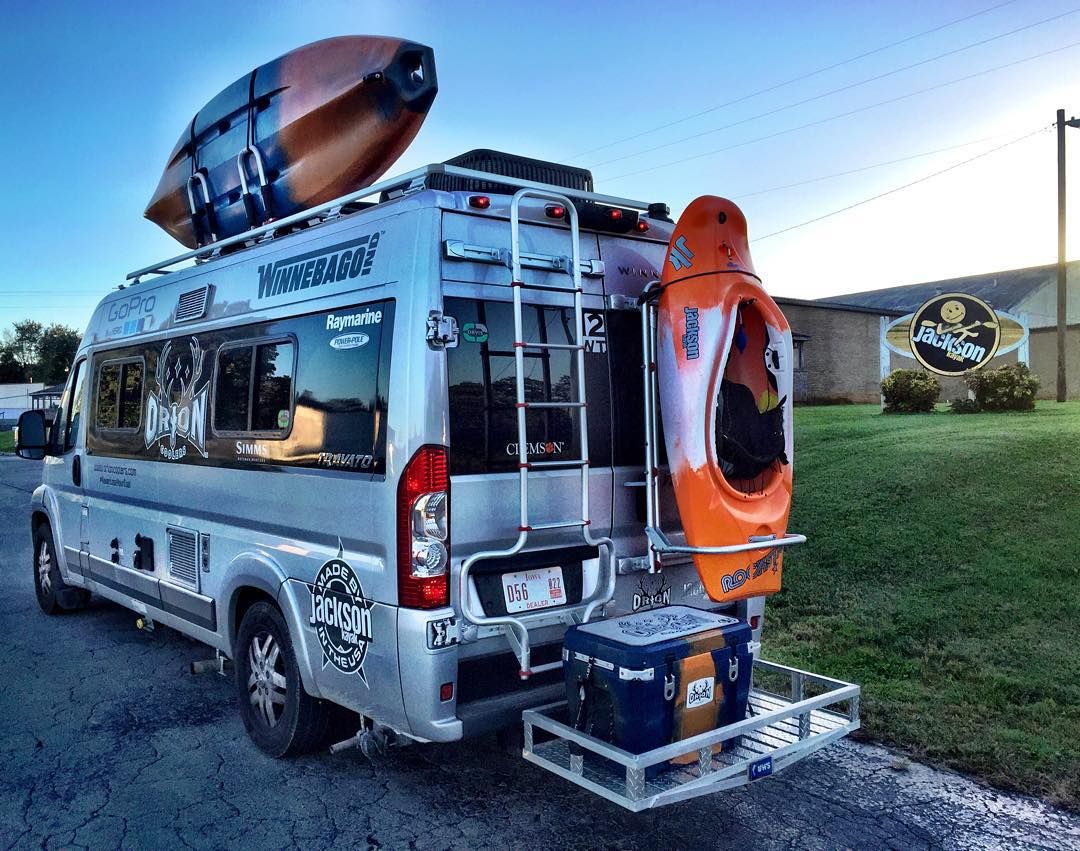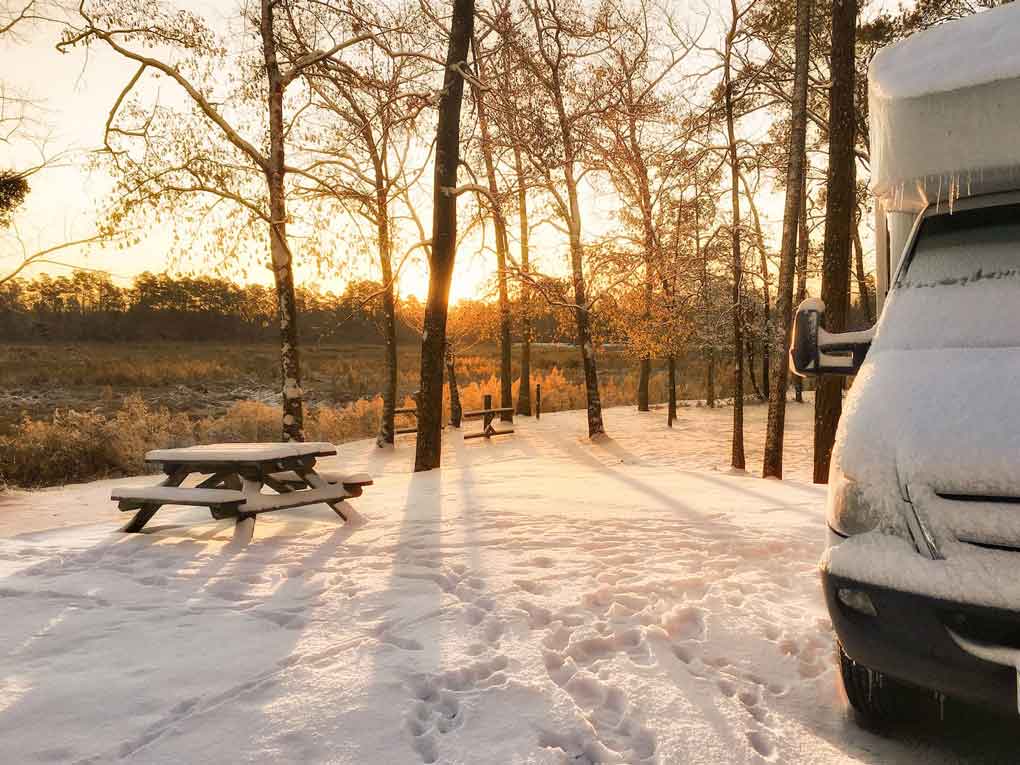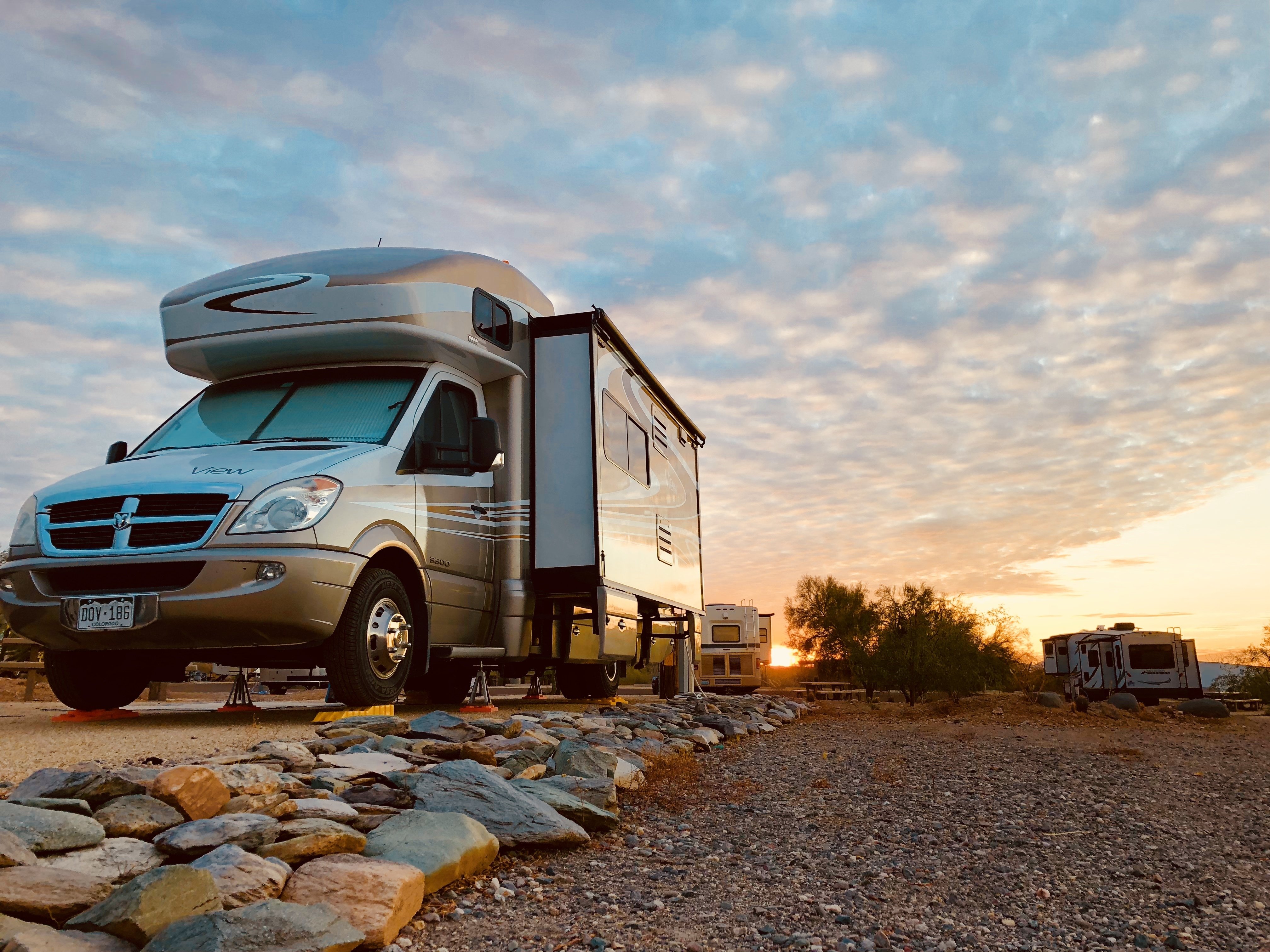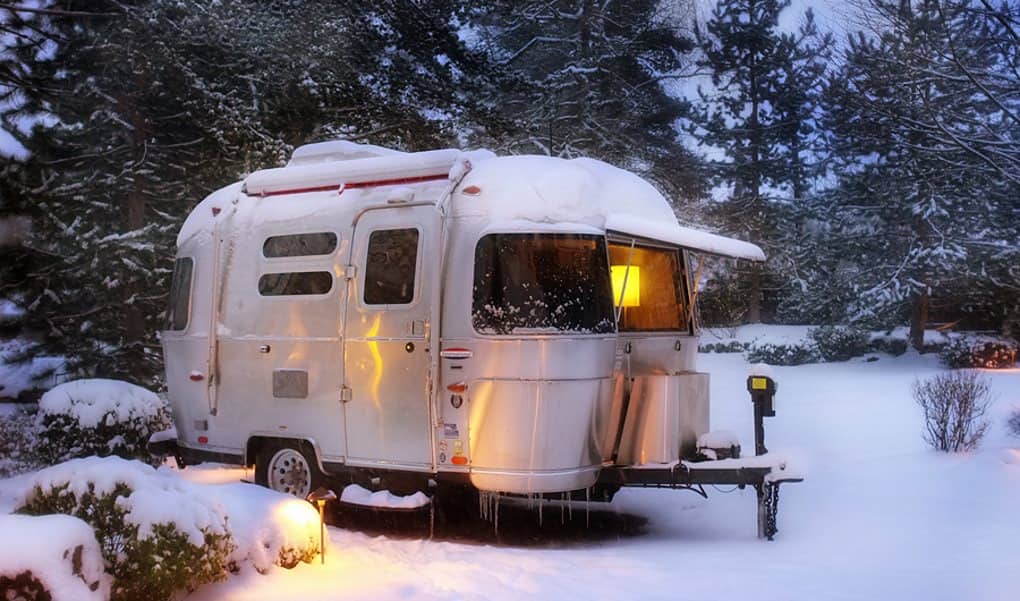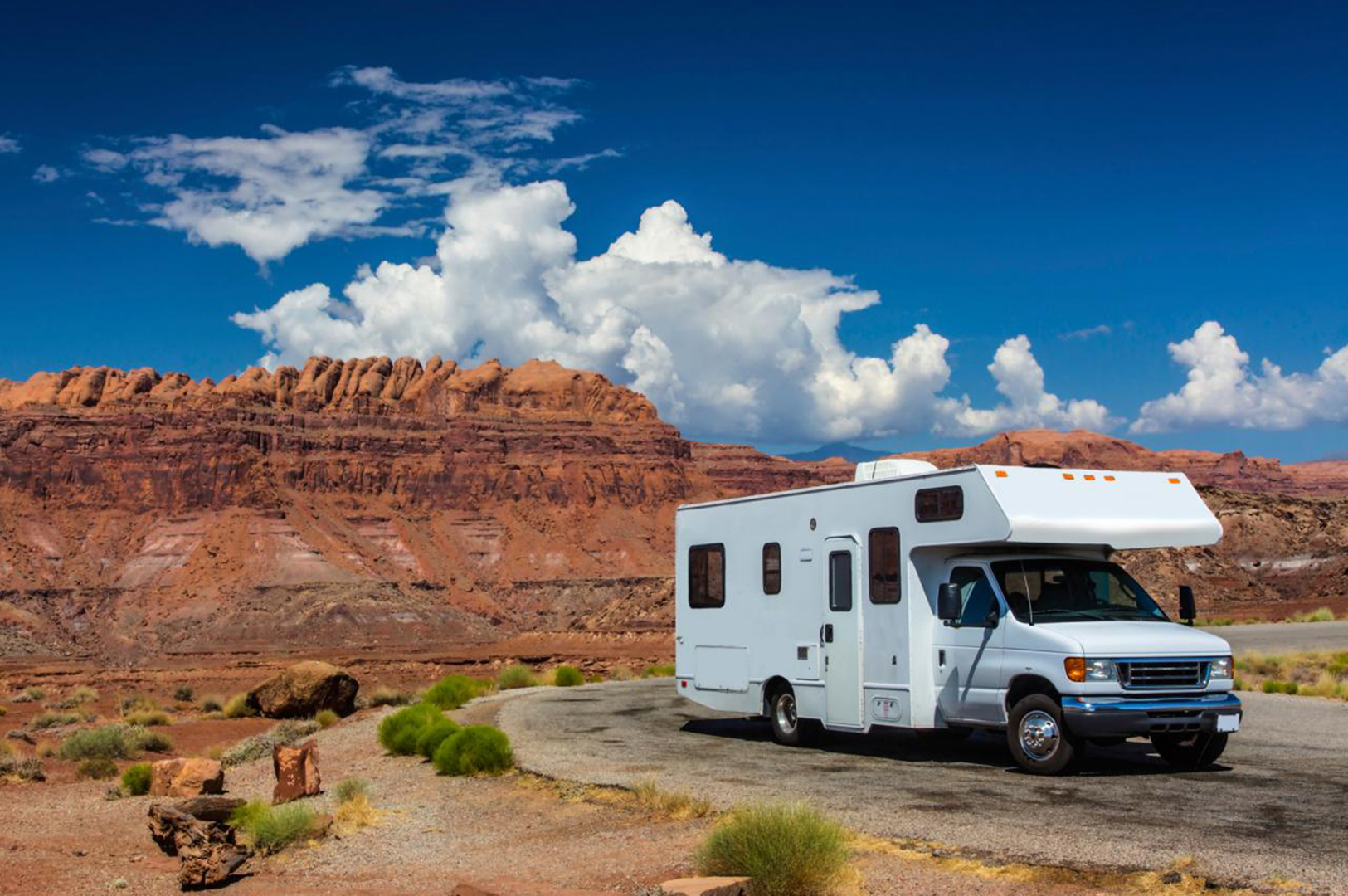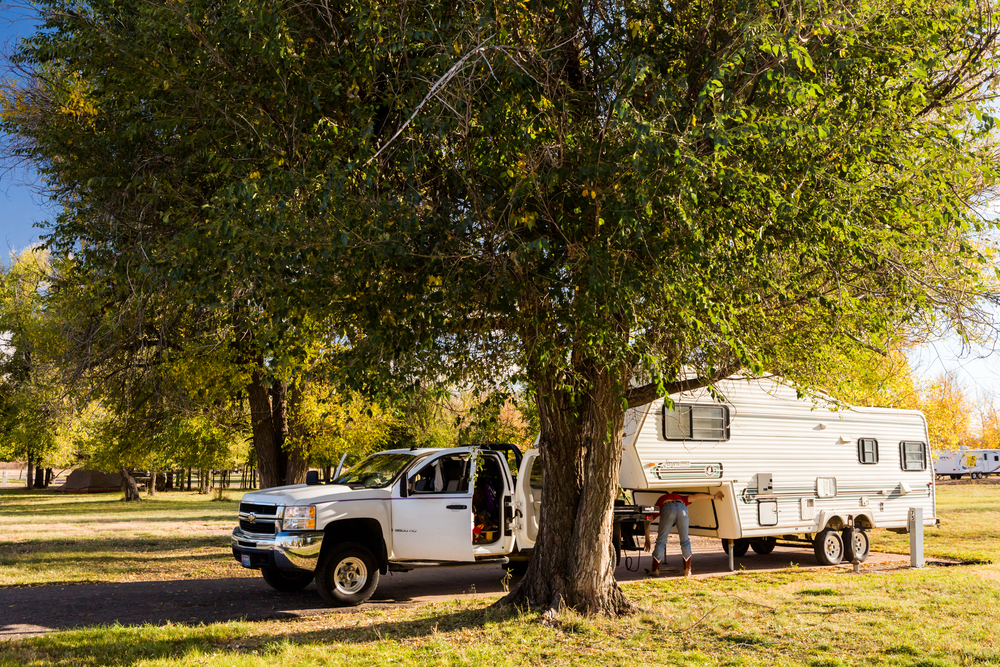Having an RV means you don’t have to be worried about rain, sun, or the weather conditions while on the road and camping. It offers a roof over your head, so it makes sense to understand the roof. Learning what materials go into its making, how to take care of, and keep it well-maintained. We’ll discuss some basics in this RV roof guide so that you can keep it in a good shape.
Contents
A Brief RV Roof Guide: Learn the Basics
There are different types of materials that go into the making, upkeep, and repair of the RV roof. Let’s have a look at them:
RV Roofing Material
Learning about the roofing materials should be the first thing in the RV roof guide because it not only helps to take the best care of it but also at the time of repair. There are three varieties of roofs – metal, fiberglass, and rubber.
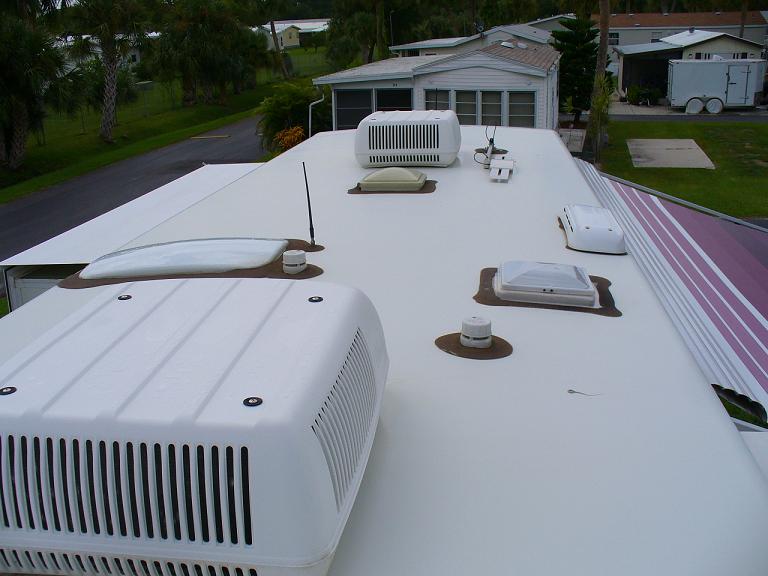
Metal Roof – Mostly rare these days, most metal roofs are aluminum and have a shiny silver metallic texture. It adds to the weight of the vehicle and also needs several support beams. These roofs are fairly low-maintenance.
Fiberglass – Probably the best RV roof material although it adds cost and weight to the vehicle. These are the most solid and hardest roof type that does not flex like rubber or metal. The surface is smooth and requires low-maintenance but you should be careful during cleaning because it can get pretty slippery.
Rubber – Rubber roofs for RVs are the most common and popular types these days. They are soft and have a complete white texture, which changes to a more off-whitish shade when they get older. The maintenance could be more time-consuming than the other two types and the procedure will depend whether it is an EPDM RV roof or a TPO RV roof.
The Maintenance
Taking care of the roof comes next in this RV roof guide because without good care, it can get damaged and reduce the resale value of the vehicle.
RV Sealant
Everything is subject to natural wear and tear. So, there will be a time when the roof will collect cracks and aging signs. You have to use sealant or caulk to repair the leak. Also, it is good to use it at least once a year.
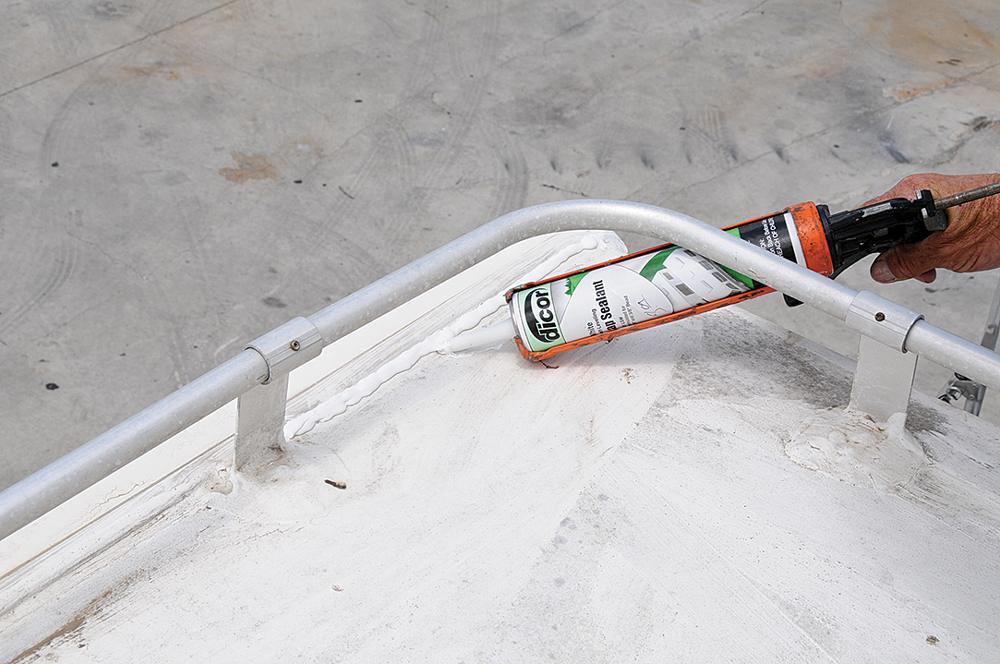
Using the sealant around the skylights, edges, air vents, vent pipes, and other key areas makes sure that the roof won’t leak water and keep all the accessories securely attached to it.
The liquid sealant has to have proper elasticity and UV resistance. It should stick well to all types of materials like aluminum, fiberglass, concrete, vinyl, rubber, and more. Sealant tape is another option that can effectively seal the leak and cracks. A good-quality tape is super-stretchable and can withstand the damage of sunlight.
RV Roof Coating
The roof is exposed to all types of weather conditions, making it lose its original shine and color. In that case, the coating is the only option to bring back the original luster. The rubber roofs are more prone to this discoloration problem than other types.

The rubber roof coating for RV camper trailer creates a protective barrier to safeguard the original roof sunlight, rain, and dirt. Any kind of roof will enjoy a prolonged lifespan with the protective coating on it.
Roof Covers
These are another part of maintenance equipment that keeps the RV roof protected when it is parked in an open area. The roof will be exposed to bird droppings and tree sap when parked under a tree, scorching heat in the summer, and snow in the cold months. Outdoor parking also means collecting a huge amount of dirt and debris, irrespective of the weather conditions.
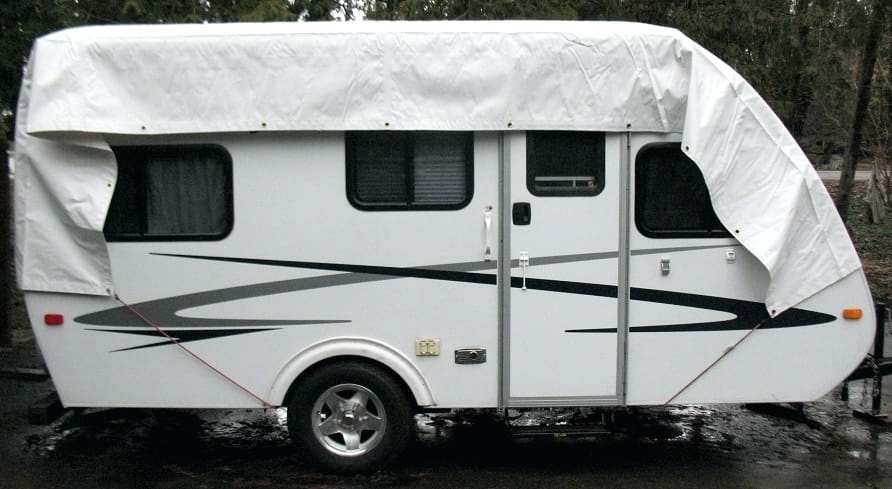
A cover is the best way to protect the RV when it’s in storage. A good-quality RV cover will also keep the moisture away, keeping the vehicle in a tip-top condition. However, don’t keep the cover on for a long time as the absence of light and air can cause the growth of mildew.
Roof Accessories
This RV roof guide covers two accessories – ladder and rack – because they come handy for maintenance and storage. Most trailers come with a ladder to access the roof. You can also install a new one if it does not have any or needs replacing the older one. Make sure that all the joints and connecting points of the ladder are properly sealed with caulk.
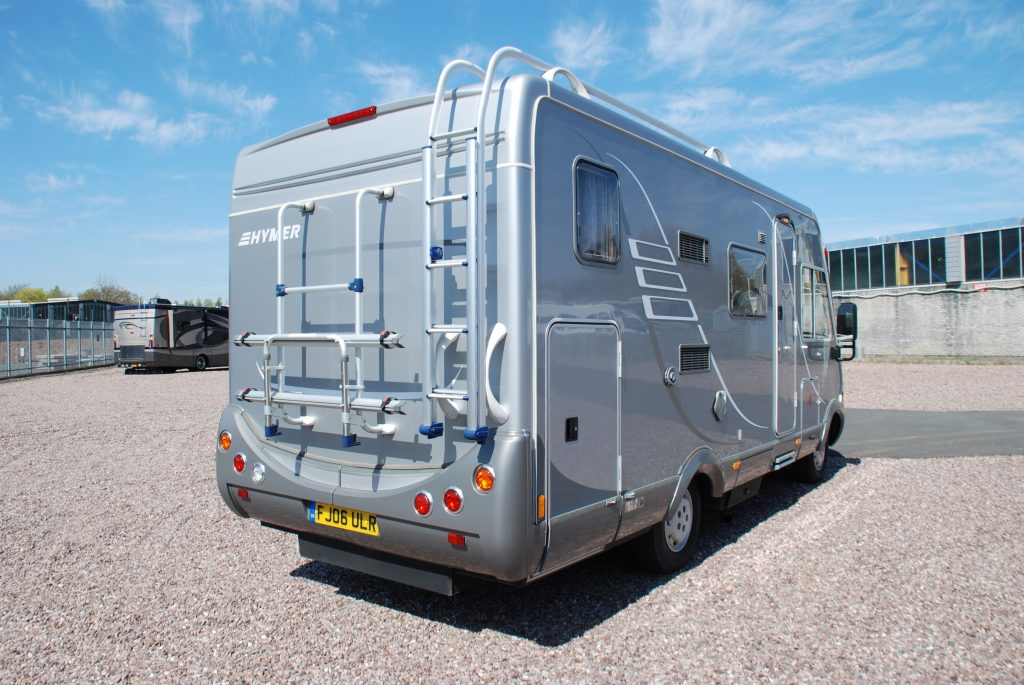
Some campers come with a storage rack on the roof (you can always install one if there is none). This extra storage area frees up so much of the interior space. Ensure that the rack is tightly secured to the roof and all the hinges are properly sealed.
Roof Appliances
The two most useful appliances to be added to the roof are – air conditioning and fans. RV roof air conditioners are something that should be a part of your camping during the summer days. Clean it regularly and ensure a proper power supply to give it a prolonged lifespan.
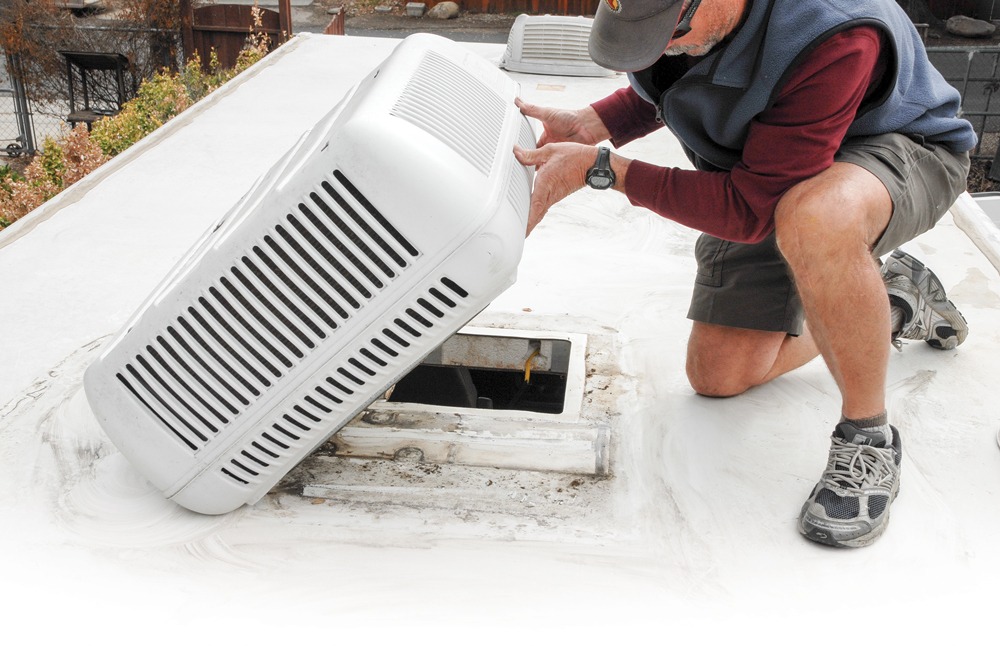
Installing fans in the RV roof vents is another way to fight off the hot weather and keep humidity away from the interior. The vents suck out the interior moisture and hot air. A couple of 12-volt fans can do the job more efficiently.
RV Roof Replacement
Replacing the roofing is the final section in this RV roof guide because it is not something that you need in your daily camping life but you may still need to get the job done at some point. Sometimes, the roof gets damaged so badly that the sealant or tape won’t cut it. You have to go for a partial or entire roof replacement job.
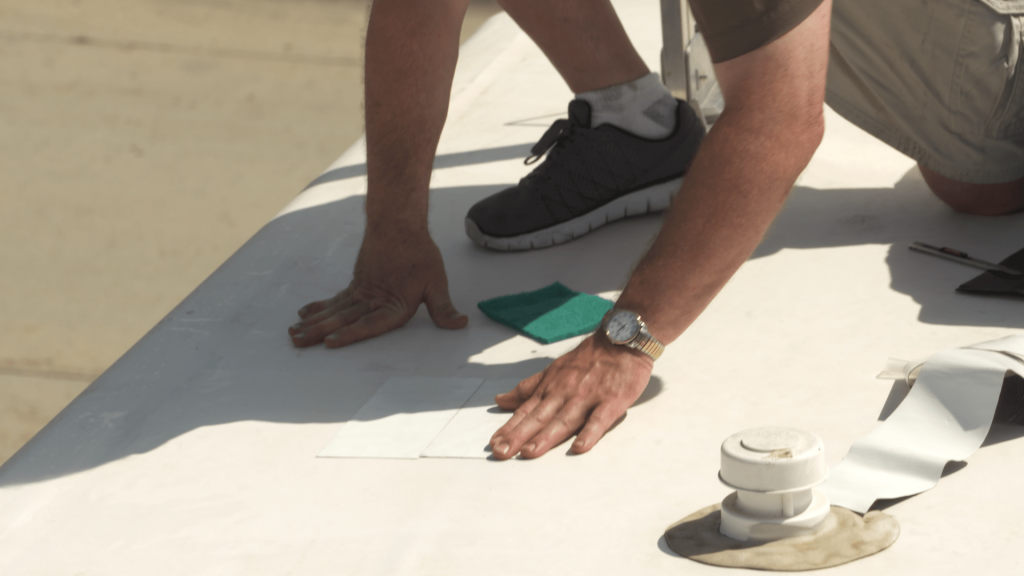
Replacing the whole roof is a huge task but you can pull it off with the right tools and materials. You have to remove the awning, roof membrane, and the plywood underneath and then install the new materials. You can always hire a professional if the job seems too complicated.
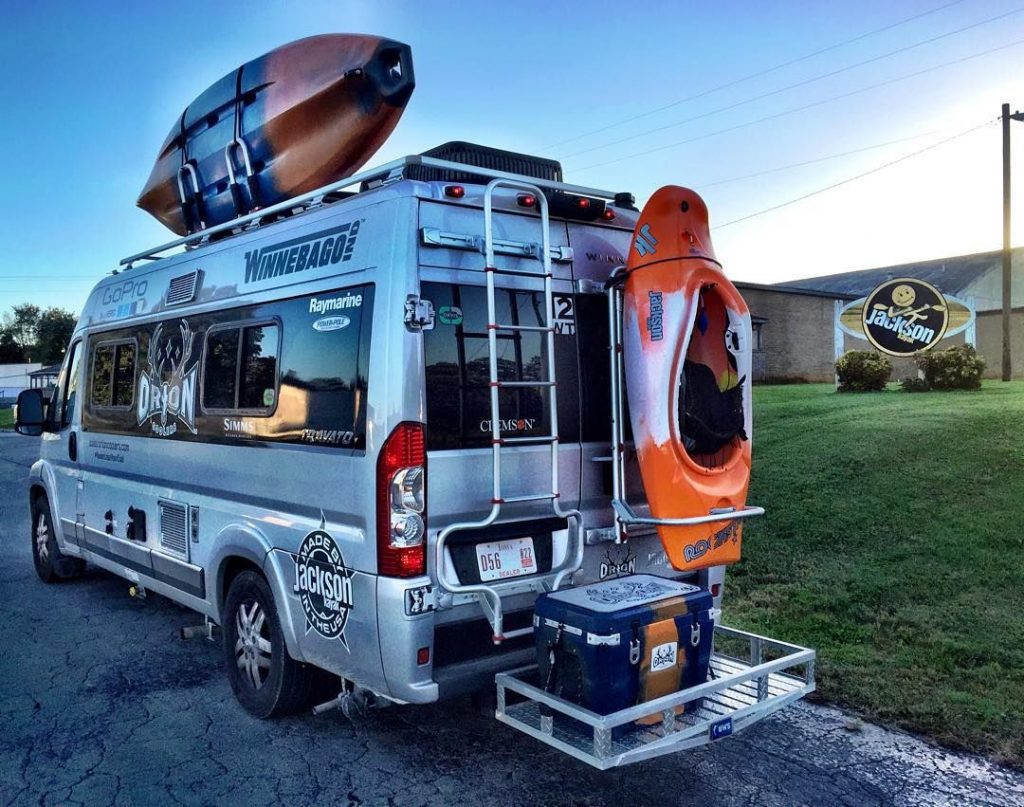
Here are the roof replacement process to follow:
https://www.youtube.com/watch?v=3FjyehSLYJM
Last Updated on August 27, 2019
